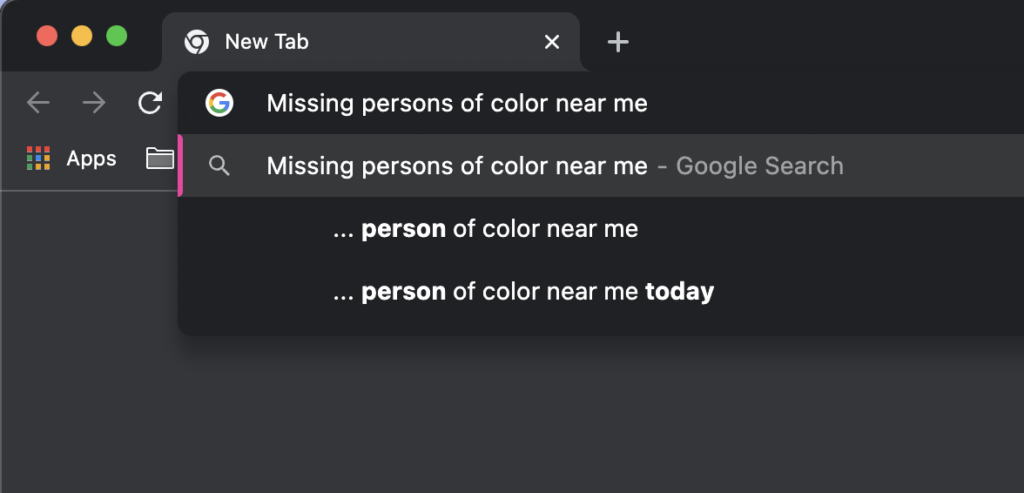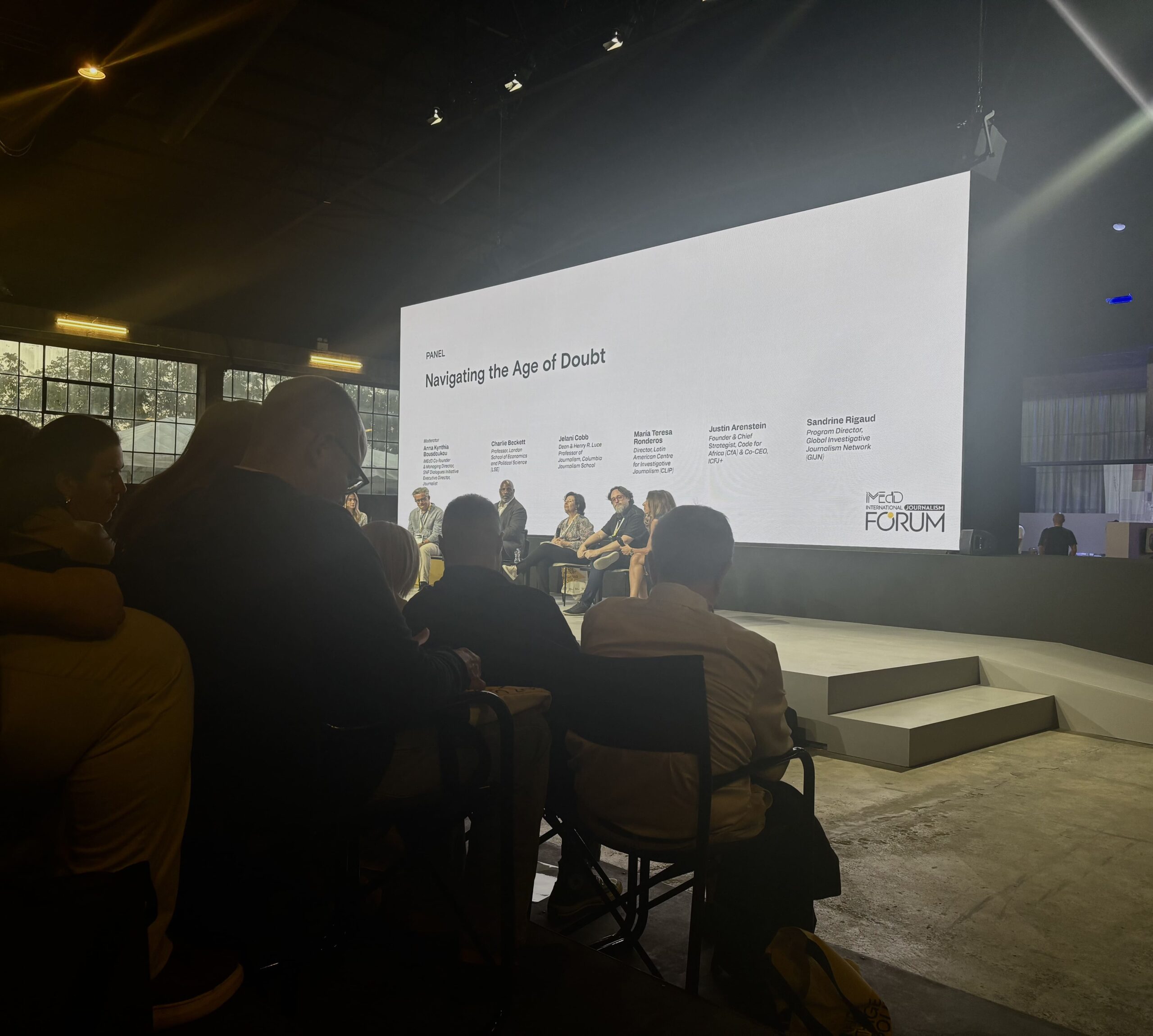On September 24, 2021, VICE News published an article by Manisha Krishnan titled, “Black Families Are Hiring Private Investigators Because Cops Won’t Find Their Kids.” This article explores families’ responses to media and law enforcement’s inaction and coverage to missing Black and non-White persons compared to the White missing population. Krishnan’s article centers on three cases: 24-year-old Daniel Robinson, 25-year-old Jelani Day, and 15-year-old Quawan Charles and their respective family’s independent investigations to find them. The achievement of this article is Krishnan’s ability to give these families’ cases a spotlight while emphasizing the disparity of care between Black and White investigations.
The VICE report discloses that after Daniel had been missing since June 23, 2021, David Robinson, Daniel’s father, hired a private investigator for help after local police, “Didn’t take him seriously,” and Day’s brother, De’Andre, felt the lack of urgency from police after a day’s worth of active investigation. Krishnan’s article shared a quote that Day’s mother, Carmen Bolden Day, told the publication Newsy, “[…] this young white girl is getting that attention and my young Black son is not.” The “white girl” referenced is 22-year-old Gabby Petito, who went missing after a trip with her boyfriend. Her story is quintessential to the media’s “Missing White Woman Syndrome.”
This article’s value is attributed to its focus on Black families and their plight when loved ones go missing. The cause for the lack of interest in covering the missing Black population can be speculated, but the lengths Black families have to go to, like hiring private investigators, cements the issue. The disparity is not a discovery, but in the age of social media, it is more apparent the number of missing Black people who remain overlooked.The comparison of action and response, especially in light of the manhunt for Gabby Petito’s boyfriend, stories like Robinson’s, Day’s, and Charles’ get buried and ignored.
Black families deserve the same involvement and resources to locate their loved ones, and the work and expense should not fall onto them. The article’s specific focus on the three families and their difficulties to get a proper investigation into their missing loved one’s cases gives the reader a feeling of that frustration. Juxtaposed with the saturated coverage of Gabby Petito, the article shows a current example that this is not a problem solely of yesteryear’s media but a topical and timely situation.
My approach to this story would have been similar to Krishnan’s choice to detail the work law enforcement had done to solve these cases as well as singling out topical quotes from the families that summarizes their frustrations. However, I would have made a historical timeline of “Missing White Woman Syndrome” instances and its coverage against missing Black people. I would dive deeper into the research and investigate as far back as two decades worth of highly publicized cases to show differences and similarities of coverage as media quickly became more digital and accessible.
Manisha Krishnan accomplishes their effort to provide a rare focus on Black families and their independent investigations to locate their missing loved ones. Attributing eye-opening quotes from other publications, Krishnan and VICE paints a picture of frustration and exhaustion of needing to pester law enforcement to do more for their families. With my suggestion of adding a timeline comparing recent cases of Black versus White missing cases, this article would have evidence of a pattern.


